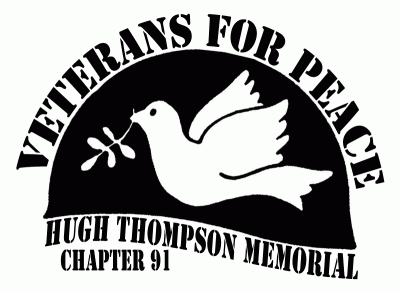The war on terrorism lead by the US government following the tragic events of 9/11 remains a divisive policy among American citizens, both civilian and the military/veterans. When attempts to debate the effectiveness of such a policy are considered, we commonly hear the question raised: Is it worth it? Overwhelmingly, much of the discussion concentrates on the potential benefits of continuing the decade long war, such as providing stronger national security or bringing democracy to unstable nations which otherwise may become breeding grounds for international terrorism. However, the latter “it” in the above question, i.e., the costs of war, is largely suppressed from the discussions or implicitly reduced to the tragic loss of more than 6000 American troops, the grief to their families and $150 billion/year spent on war appropriations. Unfortunately, this is how the costs of the War on Terrorism are broadly perceived even though there is a tentative understanding among many of the devastating effect the war must have brought to Afghanistan, Pakistan and Iraq – the lands too far away. But even then, some may conclude, there is not an alternative to war.
The Eisenhower Research Project based at Brown University initiated the Costs of War project with a mission to outline a broad understanding of the domestic and international costs and consequences of the war (both human and economic) and the possible alternatives. We invite you to watch the short video below and to study their website costsofwar.org for detailed information and the methodology used in their study.
